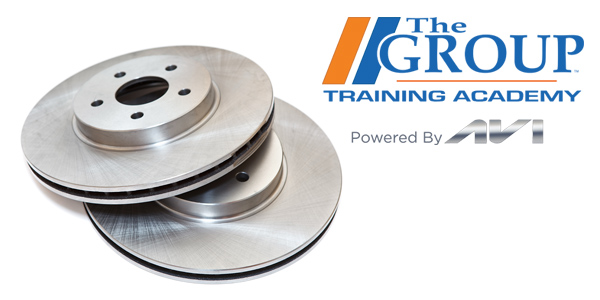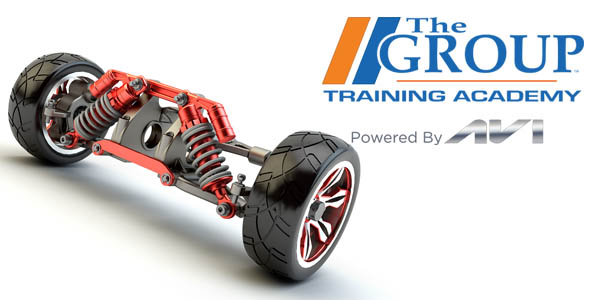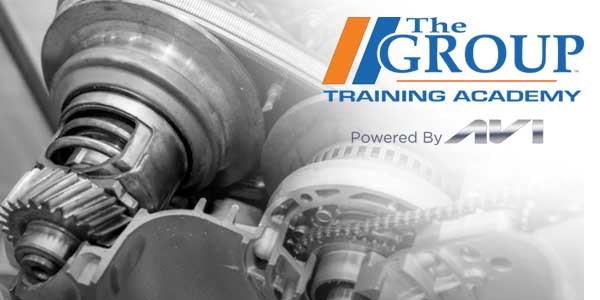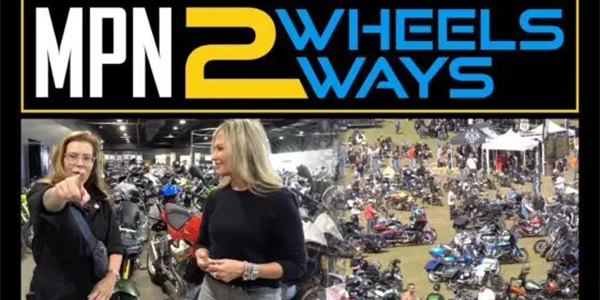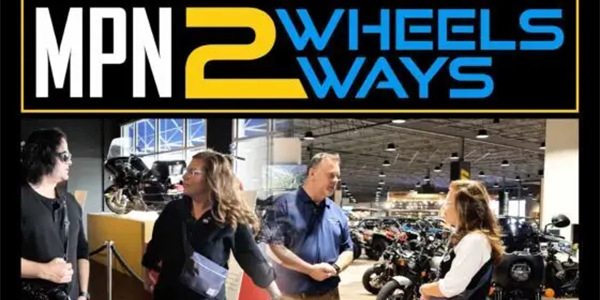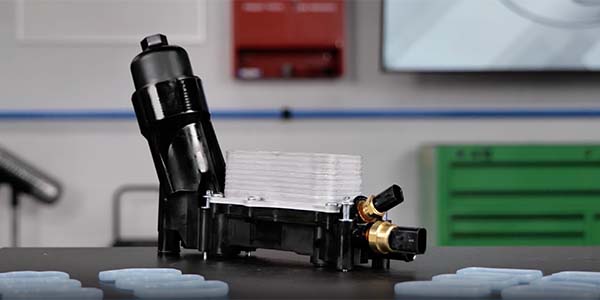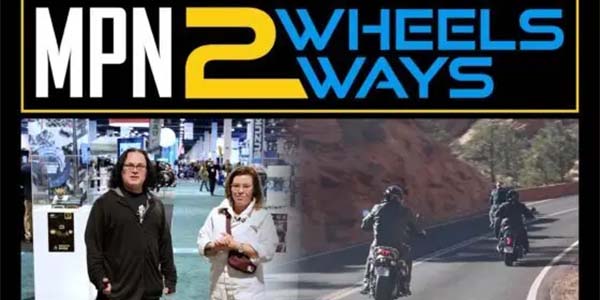CC:
Chances are, if you’re replacing one of these on a late model engine, you’re going to be dealing with one of these. It’s made of plastic. And the sealing technology behind it that keeps it sealed to the block or even the head, well, it requires a different type of sealing.
Back in the day, if you’re only dealing with an aluminum housing for a thermostat, well, you could get away with a fiber gasket and maybe goop some steel around it to make sure that it seals. But with these, the technology is different because you’re dealing with two different kinds of materials.
You’ve got the plastic sealing either to an iron block, aluminum head, or other materials. So it’s critical that that gasket can move. The technology you may be dealing with, well, it could be a carrier style gasket, or it could be an O-ring style gasket.
This goes in a groove on the housing. And it’s critical for the health of the component that the housing, it’s not damaged. There’s no nicks, grooves, cracks at all on the groove that holds the O-ring. And it’s also critical that you do not use any sealants to help cure the joint, to make sure that it stays in place. Because this actually has to move back and forth due to the expansion and contraction rates of the two different materials, plastic and maybe aluminum.
Also, look up the manufacturer’s recommendations. I guarantee you, they’re going to say, “Make sure all surfaces are extremely clean.” You may even want to clean this with brake cleaner. Also, there should be no oil or other sealants on the O-ring itself or in the groove of the gasket. If you must, you can dunk this in coolant, and then put it inside the housing. This way, it’s going to be able to move freely inside of the groove and seal the thermostat to the housing and to the block and last a very long time.
This video is sponsored by Auto Value and Bumper to Bumper.


